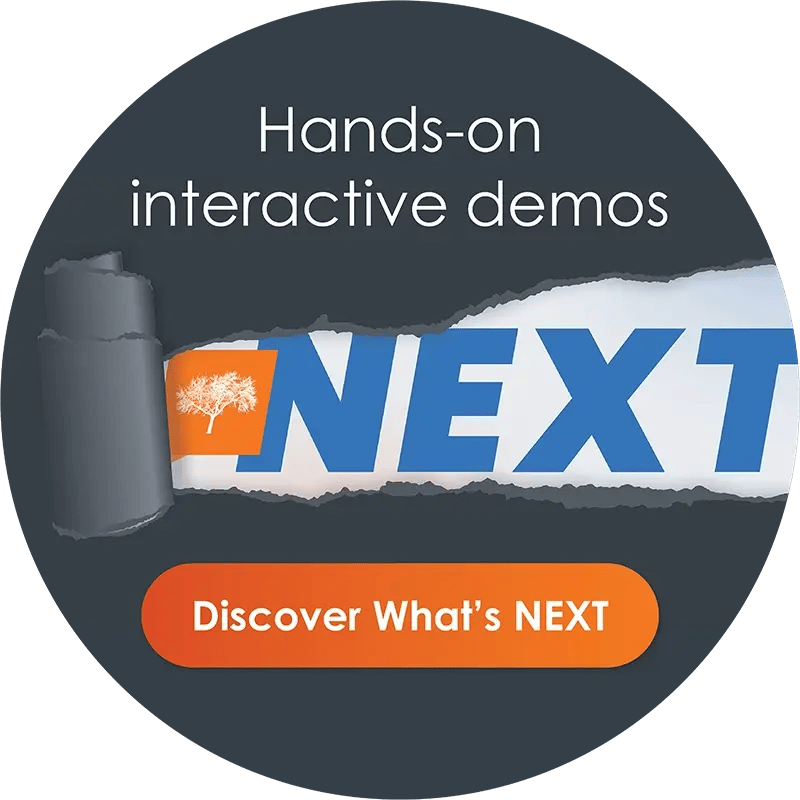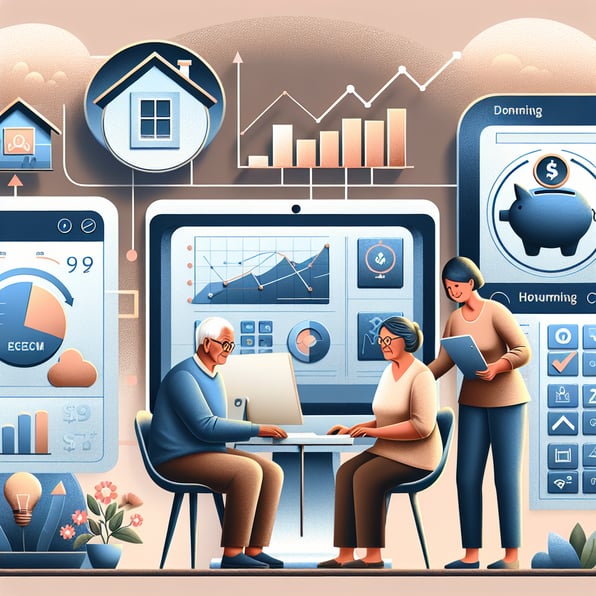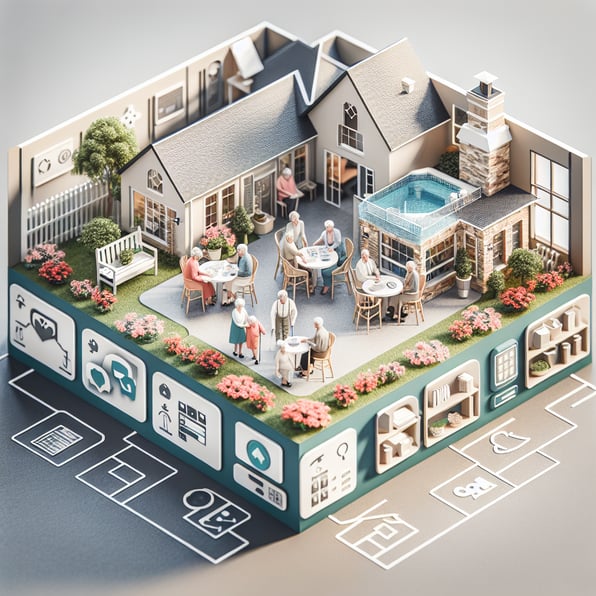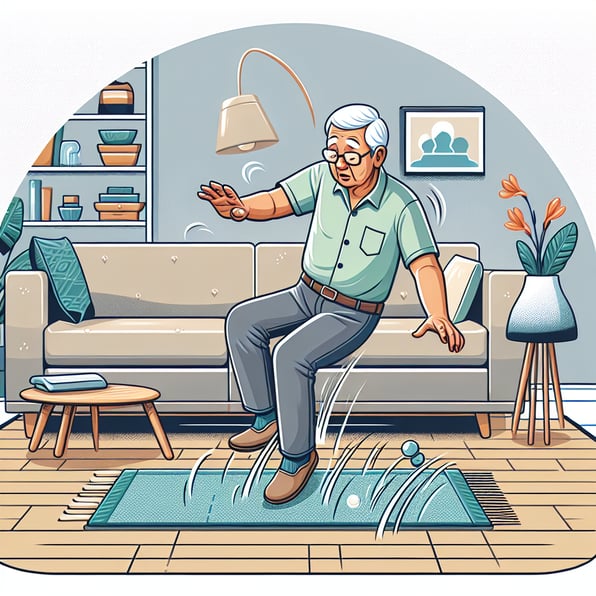Your Guide to the Different Types of Senior Living Software

In recent times, the world has come a long way in terms of medical technology, as the aging population increases, the amount of care they require is also expected to rise. In fact, according to the Administration of Community Living, people over 65 years have an approximately 70% chance of requiring long-term care or assistance with their activities of daily living (ADLs) for the rest of their years.
Today, more than 800,000 people live in assisted living communities in the United States, and this number is predicted to increase sharply in the coming years. Therefore, it’s critical to focus on technological advancements to be able to provide better care to this ever-growing yet vulnerable section of society. This includes home care and specialized services like memory care for people with dementia-related conditions.
Senior or assisted living software is essentially a digital solution that has been established to help streamline and manage activities within senior living communities. It equips you with the necessary tools required to ensure smooth operation, maintain security, provide satisfaction, support independent living, and enhance quality of life.
Many organizations like Eldermark, ECP, and MatrixCare are leading the charge, providing the latest care management systems with diverse modules based on resident needs. Read on, then, to learn more about the different types of senior or assisted living software, how they work, what they’re used for, and more.
Contact us for a free demo today.
The Role of High-Quality Software at a Senior Living Community
The main advantages of installing software at your care communities include:
- Easy data management: With management software, all resident-related data (like their health history and assessments, medications, daily schedules, care plans, preferences, meal plans, etc.) can be integrated into a single platform. This can make it easy to find any important information at a glance.
- Improved resident communication: Through web-based and mobile-based apps, residents and caregivers can easily communicate in real time, which can improve resident care, safety, wellness, and satisfaction.
- Process automation: Many time-consuming processes like appointment scheduling, data entry, staffing details, billing, insurance, move-ins, updating of occupancy charts, and other laborious activities can be streamlined using automated workflows in integrated software.
- Resident-centric care: With a decrease in administrative load, senior living providers obtain more time to focus on residents, giving them individualized attention and customized care based on their needs.
Different Types of Senior and Assisted Living Software
Here’s a rundown of the most efficient and frequently used types of senior living software.
Electronic Health Records (EHR)
The main goal of EHR, a tool offered as part of the management software supplied by Eldermark, is to improve work efficiency by collating all care information in a single place and centralizing clinical processes. This can help with:
- Reducing human error
- Saving valuable time through the streamlining of workflows
- Streamlining record-keeping
- Facilitating real-time communication
- Enhancing compliance
- Boosting profitability
Some tools you can use with EHR include cloud-based storage and dashboards by Eldermark, which can collect and store data, enhance community performance, and ensure smooth operations.
Electronic Medication Administration Records (EMAR)
The main benefit of EMAR (which is offered by Eldermark) is that it aids in automating and streamlining workflows, which can save valuable time, assist medication management, and minimize resident health risks. Thus, this software can improve the health, safety, and satisfaction of both residents and employees.
It works, in part, by managing medications and treatment prescriptions and integrating them with your clinical and pharmacy software to enhance communication between residents, staff, and pharmacies, minimize medication errors, simplify compliance, and promote efficient record-keeping.
Customer relationship management (CRM)
CRM (also offered by Eldermark) helps seamlessly link your sales, marketing, and data entry processes. It works by centralizing marketing information, customer details, and sales performance data to reduce third-party referrals, provide management solutions, and enhance sales team productivity.
Engagement platforms
engage (offered by Eldermark) is a community programming management platform, which has been created to connect with residents, care providers, and senior living operators through the use of a single user-friendly portal. In a senior living community, it can boost resident satisfaction and engagement, simplify management workflows, and improve communication.
This platform can be further enhanced with performance analytics tools (such as those offered by Eldermark) to ensure that your team and community are getting the most out of tools like these.
Monitoring and Support
Manual charting can be tedious and time-consuming for most care providers. On the other hand, Point of Care (POC) is a mobile app that allows caregivers to chart and track services in real time and upload that data to the residents’ EHR.
This mobile app improves connectivity and access to additional services, optimizing revenue, saving time, eliminating human error, and enhancing care.
Another effective way to monitor and respond to a resident’s condition in real time is through integrated intervention solutions like WISDOM2ACT (offered by Eldermark). This tool can enhance the quality of care and improve resident safety by performing early interventions, minimizing transition events, and improving communication.
Risk management
Risk management programs (offered by Eldermark) can be built into your senior living software to:
- Detect resident health risks like falls, injuries, and repeated hospitalizations
- Expedite healthcare interventions
- Manage liability exposure
- Ensure that care practices are in line with regulatory requirements
- Enhance risk-preparedness and senior care
- Provide real-time health and safety alerts
- Improve risk assessment reporting
- Boost operational risk effectiveness
Billing and Payment
Now, you can leverage billing solutions (offered by Eldermark) that can be integrated with your other assisted living software like EHR and EMAR to improve pricing and boost your financial bottom line. This can simplify a complicated billing process, reduce paperwork and data entry time, streamline operational systems, offer online medical billing, and easily process medical claims.
With ePay (by Eldermark) or digital payment processing options, you can offer multiple payment methods, provide online payment options to residents, expedite payments via credit cards, simplify electronic payments, streamline billing processes, and ensure safety and compliance during all resident financial transactions.
Transform the Management of Assisted Living Communities With Eldermark
To streamline operations, automate workflows, and simplify management processes, Eldermark offers many software solutions within a comprehensive platform. Our team includes former senior living operators and skilled nursing staff who deeply understand the various aspects of assisted living communities.
Take advantage of our expertise: Schedule a demo today to help you discover the best assisted living software for all the administrative tasks required in your assisted living communities.




